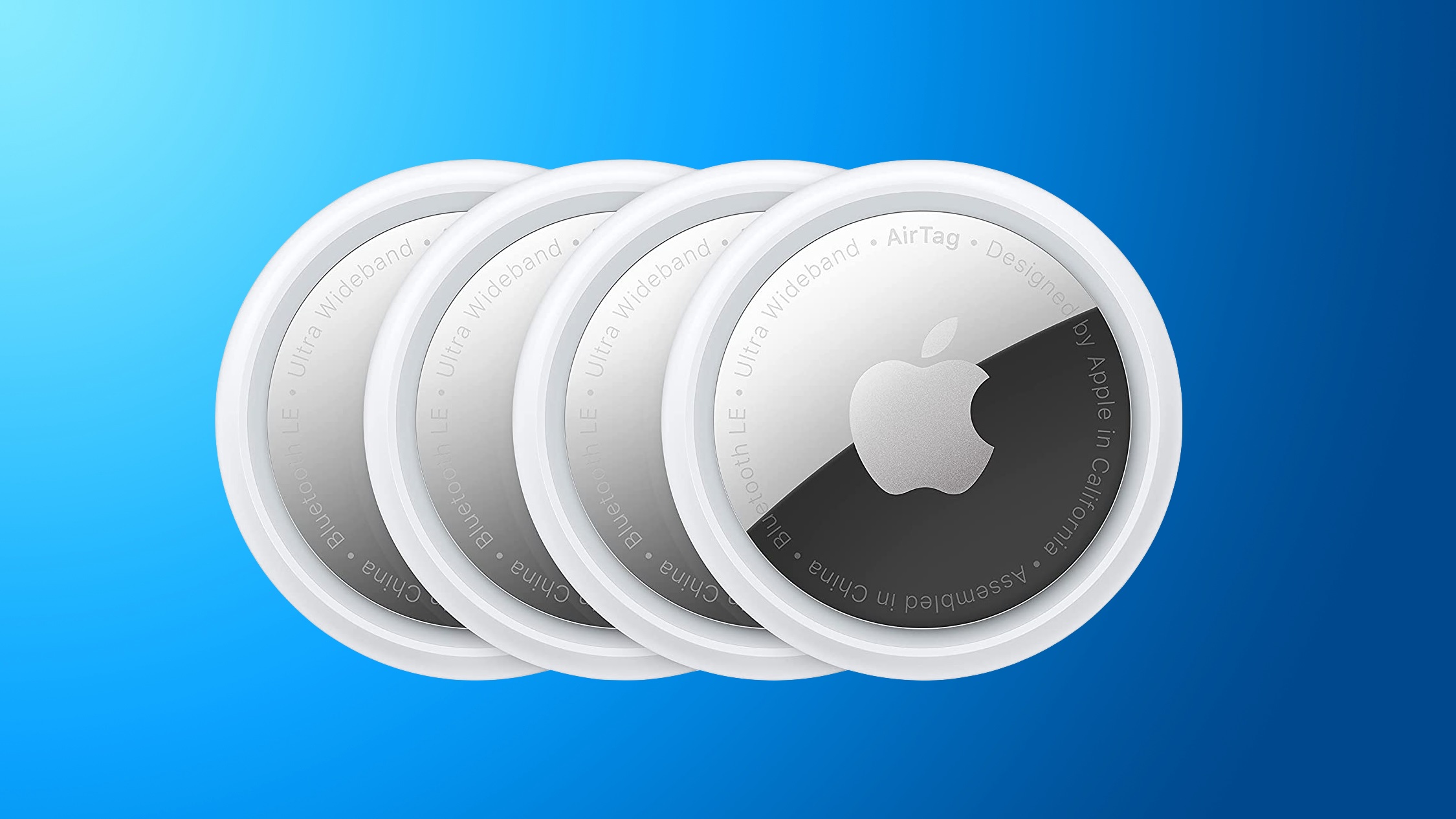RBI plans new payment system for emergency: Here’s why it was needed and how it works
The existing payment system in India such as RTGS, NEFT, and UPI are vulnerable to disruption in communication infrastructure. Reserve Bank of India has recognised this fact and envisioned a new payment system for exigencies.
“The conventional payment systems heavily rely on complex wired networks and advanced IT infrastructure to handle large transaction volumes while maintaining sustained availability. However, natural calamities or war can temporarily render these systems unavailable due to disruptions in communication and information infrastructure,” RBI said in its Annual Report for 2022-23.
RBI’s new payment model will be a lightweight and portable system. It will operate with a bare minimum staff and will be independent of technologies that underlie the existing payment systems.
The central bank is yet to announce a timeline for the launch of the new system.
Why was it needed?
RBI has conceptualised such a payment system to be prepared to face extreme and volatile situations such as war and natural calamities. This payment system will be designed to ensure liquidity in the economy during extreme situations.
“Such a lightweight and portable payment system could ensure near zero downtime of the payment and settlement system in the country and keep the liquidity pipeline of the economy alive and intact by facilitating uninterrupted functioning of essential payment services like bulk payments, interbank payments and provision of cash to participant institutions,” RBI said.
The system will be different in terms of its user base than existing payment systems, which are open to all. The new system will only process those transactions that are critical to ensure the stability of the Indian economy. These transactions will mainly include government and market-related transactions.
How will the system work?
The system will work with minimum hardware and software requirements, and it will be a portable system that can adapt to various environments. It will process transactions even in adverse circumstances.
“Having such a resilient system is also likely to act as a bunker equivalent in payment systems and thereby enhance public confidence in digital payments and financial market infrastructure even during extreme conditions,” RBI said.
One97 Communications Limited (OCL) owned Paytm payments and financial services company launched the all-new Paytm SBI Credit Card in India.
The new credit card is a partnership with SBI, the top public sector bank in India, and RuPay, NPCI’s payment network. The Paytm SBI Credit Card offers up to 3 percent cashback, special benefits, and UPI support.
The post RBI plans new payment system for emergency: Here’s why it was needed and how it works appeared first on Techlusive.

The existing payment system in India such as RTGS, NEFT, and UPI are vulnerable to disruption in communication infrastructure. Reserve Bank of India has recognised this fact and envisioned a new payment system for exigencies.
“The conventional payment systems heavily rely on complex wired networks and advanced IT infrastructure to handle large transaction volumes while maintaining sustained availability. However, natural calamities or war can temporarily render these systems unavailable due to disruptions in communication and information infrastructure,” RBI said in its Annual Report for 2022-23.
RBI’s new payment model will be a lightweight and portable system. It will operate with a bare minimum staff and will be independent of technologies that underlie the existing payment systems.
The central bank is yet to announce a timeline for the launch of the new system.
Why was it needed?
RBI has conceptualised such a payment system to be prepared to face extreme and volatile situations such as war and natural calamities. This payment system will be designed to ensure liquidity in the economy during extreme situations.
“Such a lightweight and portable payment system could ensure near zero downtime of the payment and settlement system in the country and keep the liquidity pipeline of the economy alive and intact by facilitating uninterrupted functioning of essential payment services like bulk payments, interbank payments and provision of cash to participant institutions,” RBI said.
The system will be different in terms of its user base than existing payment systems, which are open to all. The new system will only process those transactions that are critical to ensure the stability of the Indian economy. These transactions will mainly include government and market-related transactions.
How will the system work?
The system will work with minimum hardware and software requirements, and it will be a portable system that can adapt to various environments. It will process transactions even in adverse circumstances.
“Having such a resilient system is also likely to act as a bunker equivalent in payment systems and thereby enhance public confidence in digital payments and financial market infrastructure even during extreme conditions,” RBI said.
One97 Communications Limited (OCL) owned Paytm payments and financial services company launched the all-new Paytm SBI Credit Card in India.
The new credit card is a partnership with SBI, the top public sector bank in India, and RuPay, NPCI’s payment network. The Paytm SBI Credit Card offers up to 3 percent cashback, special benefits, and UPI support.
The post RBI plans new payment system for emergency: Here’s why it was needed and how it works appeared first on Techlusive.






